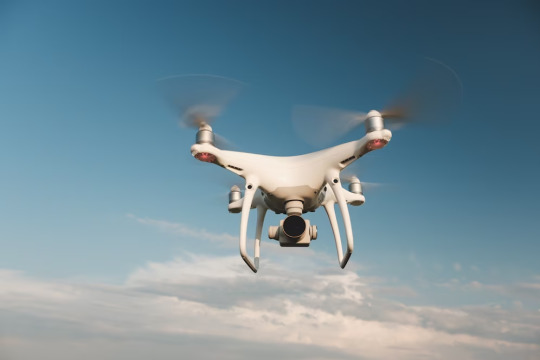#DronesInBusiness
Explore tagged Tumblr posts
Text
The Ultimate Guide to Remote Control Drones

Remote control drones have taken the world by storm, transforming the way we explore, capture breathtaking aerial views, and even perform essential tasks in various industries. These small, unmanned aircraft have become increasingly popular among hobbyists, photographers, filmmakers, and professionals due to their versatility and numerous applications.
What are Remote Control Drones?
Remote control drones, also known as unmanned aerial vehicles (UAVs) or unmanned aircraft systems (UAS), are aircraft that can be piloted remotely by a user on the ground.
They are equipped with multiple rotors, making them stable and maneuverable in the air. Drones come in various shapes and sizes, ranging from small quadcopters for recreational use to sophisticated multi-rotor systems used in commercial applications.
The Evolution of Remote Control Drones
The concept of remote control aircraft dates back to the early 20th century, but advancements in technology have paved the way for modern drones.
In the past, drones were primarily used for military purposes, but in recent years, they have become more accessible to the general public and found widespread applications across industries.
The Incredible Uses of Remote Control Drones
The uses of remote control drones are diverse and constantly expanding. Aerial photography and videography have been revolutionized, allowing photographers and filmmakers to capture stunning shots from unique perspectives. Drones are also used for surveying, mapping, and monitoring hard-to-reach areas in fields like agriculture, construction, and environmental conservation.
In the entertainment industry, drone racing has become a thrilling sport, attracting adrenaline-seeking enthusiasts. Moreover, drones play a crucial role in search and rescue operations, providing real-time aerial views in disaster-stricken areas, enabling swift and effective responses.
Regulations and Safety
With the increasing popularity of drones, regulations have been put in place to ensure safe and responsible operation. Pilots are required to register their drones with aviation authorities in many countries, and there are restrictions on where and how high drones can fly.
Safety guidelines include maintaining line-of-sight with the drone, avoiding crowded areas, and respecting others' privacy.
Conclusion
Remote control drones have opened up a world of possibilities, blending creativity, technology, and adventure. From capturing stunning visuals to aiding in critical missions, drones have become an indispensable tool in various sectors.
As technology continues to advance, the potential for remote control drones is limitless, promising even more exciting applications in the years to come. However, as we explore the skies with these remarkable devices, it is essential to do so responsibly, adhering to regulations and prioritizing safety for both drone operators and the general public. With the right balance of innovation and responsibility, the future of remote control drones is set to soar to new heights.
#RemoteControlDrones#UAVs#AerialExploration#DronePhotography#DroneVideography#DronesInIndustry#DroneTechnology#AerialViews#DroneEnthusiasts#DronesForGood#DroneRacing#DronesInEntertainment#AerialSurveying#DroneSafety#ResponsibleDroneUse#DronesForRescue#DroneRegulations#DronesInBusiness#DroneInnovation#DronesInAction#DronesOfInstagram#DronesOfTheSkies#DronesEverywhere#ExploreWithDrones#DroneAdventures#DronesAreAmazing#DronesAreTheFuture#DronesInMotion#DronesWorld#DronesUnleashed
1 note
·
View note